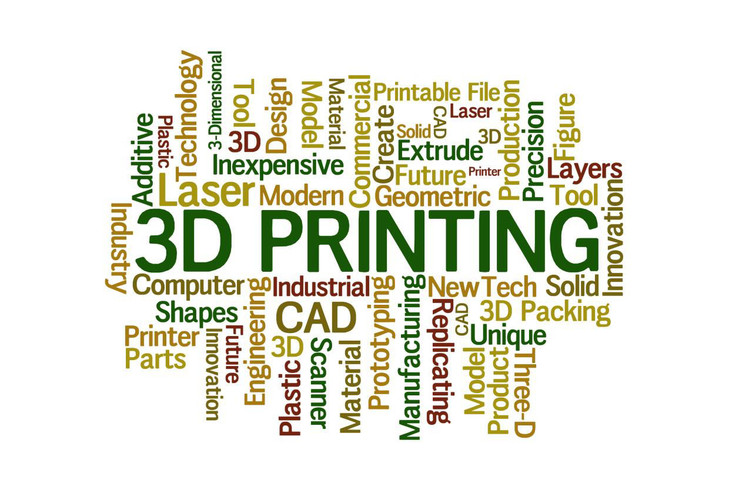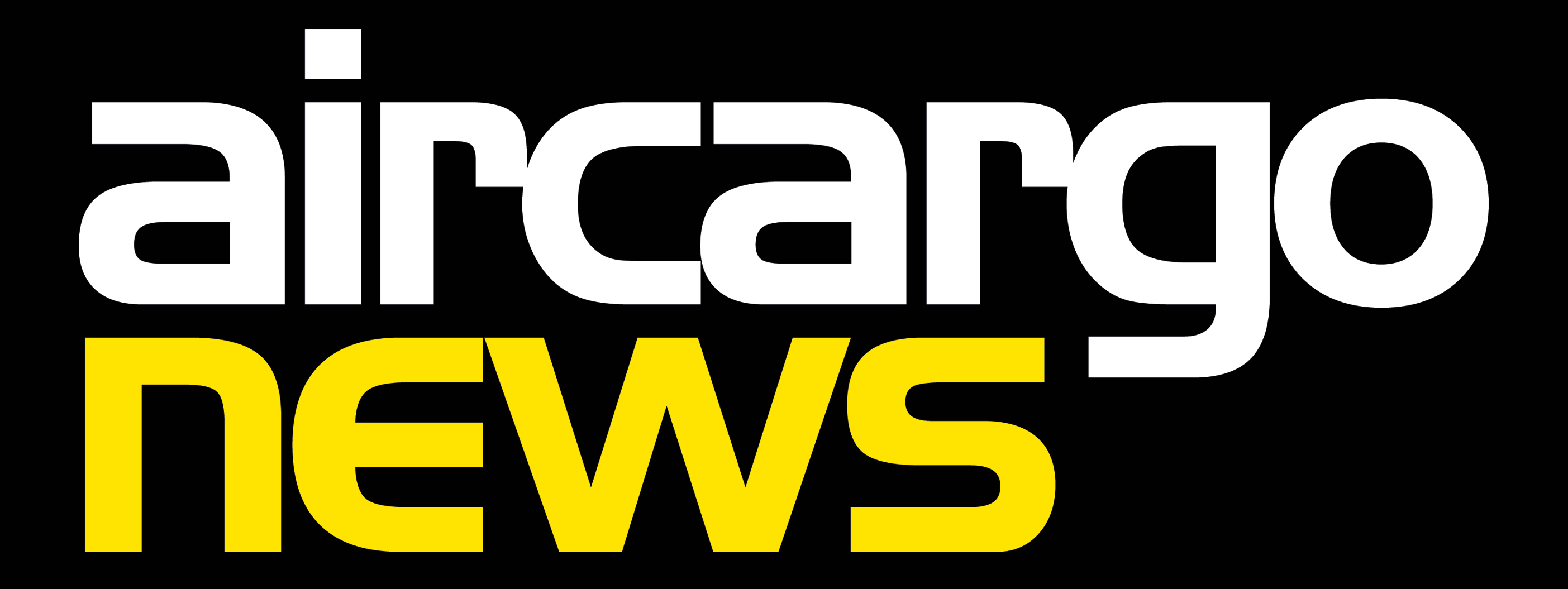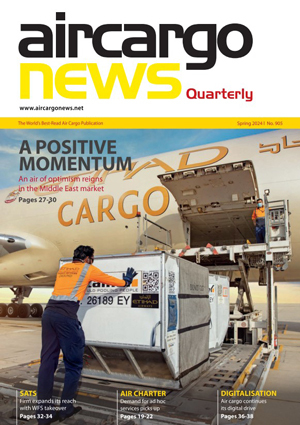Innovation set to cut airfreight’s paper chain
28 / 11 / 2017

The air cargo industry is still shipping mountains of paper documents around the world, writes Justin Stares, meaning it is vulnerable to the coming wave of innovation.
The air cargo industry is struggling to rid itself of its reliance on paper documentation.
More than a decade after their introduction, electronic air waybills have achieved only 50% penetration across industry, said Stephane Noell, regional cargo manager Europe for IATA.
Noell was speaking at the Globally Connected Logistics conference in Brussels, organised by the International Port Community Systems Association (IPCSA).
While consultants talk of the coming impact of the latest innovations, such as blockchains and 3D printing, air cargo operators continue to fly 8,000 tonnes of documents around the world every year: the equivalent of 80 freighters stuffed just with paper.
In 2017, armies of employees spend their days manually scanning packages when all information could in theory accompany shipments electronically.
“There are more people on data capture than there are actually touching the goods,” said Noell.
Underling the unnecessary repetition of tasks, he pointed out that an average shipment requires 37 data items to be captured 70 times.
Even after this manual processing, many documents fail to accompany their shipment, adding to administrative headaches.
Much of this bureaucracy is pre-clearance, which has taken on added urgency in these times of never-ending terrorist threats.
The discovery of a bomb in a postal package on a freighter in the UK in 2010 underlined the vulnerability of the air cargo supply chain to attack, said Noell.
The incident generated large amounts of angst because the bomb had already been shipped on two passenger aircraft.
As a result, there was a burst of new filing requirements issued by the International Civil Aviation Organization (ICAO).
IATA is now looking at ways to reduce paper bureaucracy, though Noell foresaw changes as being “incremental” rather than “revolutionary”.
It might in principle be possible to set up “green lanes” for cleared cargo, especially time-sensitive perishables, he said.
A paradigm shift in the way data is processed could also be a solution. Instead of the “push” approach, whereby required information is uploaded to authorities by consignees, consignors and carriers, air cargo could instead move to a “pull” system.
Under this scenario, only relevant data would be pulled down by authorities as required, thereby reducing the need for data interchange.
There was talk at the Brussels conference of next year’s “digital corridor” trial between the airports of Brussels and Casablanca where, by some accounts, data is more efficiently organised than in Europe. If successful, further digital corridors could be set up.
Separately, the European Commission is making laboured efforts to digitalise and centralise European Union requirements.
Bureaucracies are more than capable of making a hash of monumental IT upgrades, and certain national authorities are themselves guilty of over-reliance on paper.
Industry-inspired pioneering projects, such as digital corridors, might meet with more success than their government equivalents, which have become bogged down amid in-fighting, including battles between commission departments.
Harmonising documentation procedures, in particular customs documentation, is at the end of the day not a technology problem but rather a personnel problem, conference participants agreed.
The technology behind digital corridors is straightforward; trust is the real issue at stake. Will customs officials in one country trust the judgments of those in another? This will take time, and probably a number of face-to-face meetings.
The Brussels-based World Customs Organisation estimates that bureaucracy is actually costlier to importers and exporters than trade tariffs. The latest WTO-sponsored Trade Facilitation Agreement, if properly implemented, is expected to cut trade costs by on average 14%.
“The impact will be greater than the elimination of all tariffs,” said Alejandro Gamboa-Alder, who has helped negotiate the agreement for the WTO.
By 2030, this should translate into a half percent boost to world Gross Domestic Product, Gamboa-Alder said. It does however depend on whether signatories implement it rigorously; the WTO is not a regulatory body.
The agreement, which includes a dispute settlement mechanism, is designed to cut import and export procedures, which can today hold up goods by two days at the entry point. Its impact should be proportionately larger in less developed countries.
Key to its success will be increased transparency (administrative requirements should be made public); more pre-arrival processing; the acceptance of both paper and electronic copies (not originals); greater use of risk management in customs control; single windows (or one-stop-shops) for completing formalities; and greater emphasis on the principle that fees must be limited to the cost of services.
Conference participants highlighted the growth of e-commerce and its accompanying boom in packages. In part thanks to e-commerce, air cargo, heavily hit in the wake of the financial crisis, has recovered to the extent that it now carries almost 35% of all freight by value (a fact often overlooked by customs authorities).
There were however warnings that airfreight operators should not rest on their laurels.
Ubiquitous internet giants Amazon and Uber are already moving into the distribution business in the US with their own assets, armed with knowledge of their customers that logistics companies cannot match.
This trend could expand and eat into the revenues of traditional operators. The precedents are worrying; long-established, traditional firms are not good at getting out in front of change.
Asked to predict what the world would look like in 30 years’ time, Gamboa-Alder pointed to 3D printing, which has the potential to bring with it another wave of disruption as production centres localise.
Will we all, one day, have a 3D printer at home pumping out household items and thereby replacing the supermarket?
Customs authorities are now discussing ways to levy duties on 3D printing. Discussion within the WTO is centred on whether 3D printers should fall under the category of goods or services, though heaven knows how customs authorities will regulate a trade that does not pass through ports or airports.
Past discussions in the WTO suggest that 3D printer operators might be required to register for tax and duty purposes. By the time this wave of innovation hits, operators that require paper documents will be a laughable spectacle.














